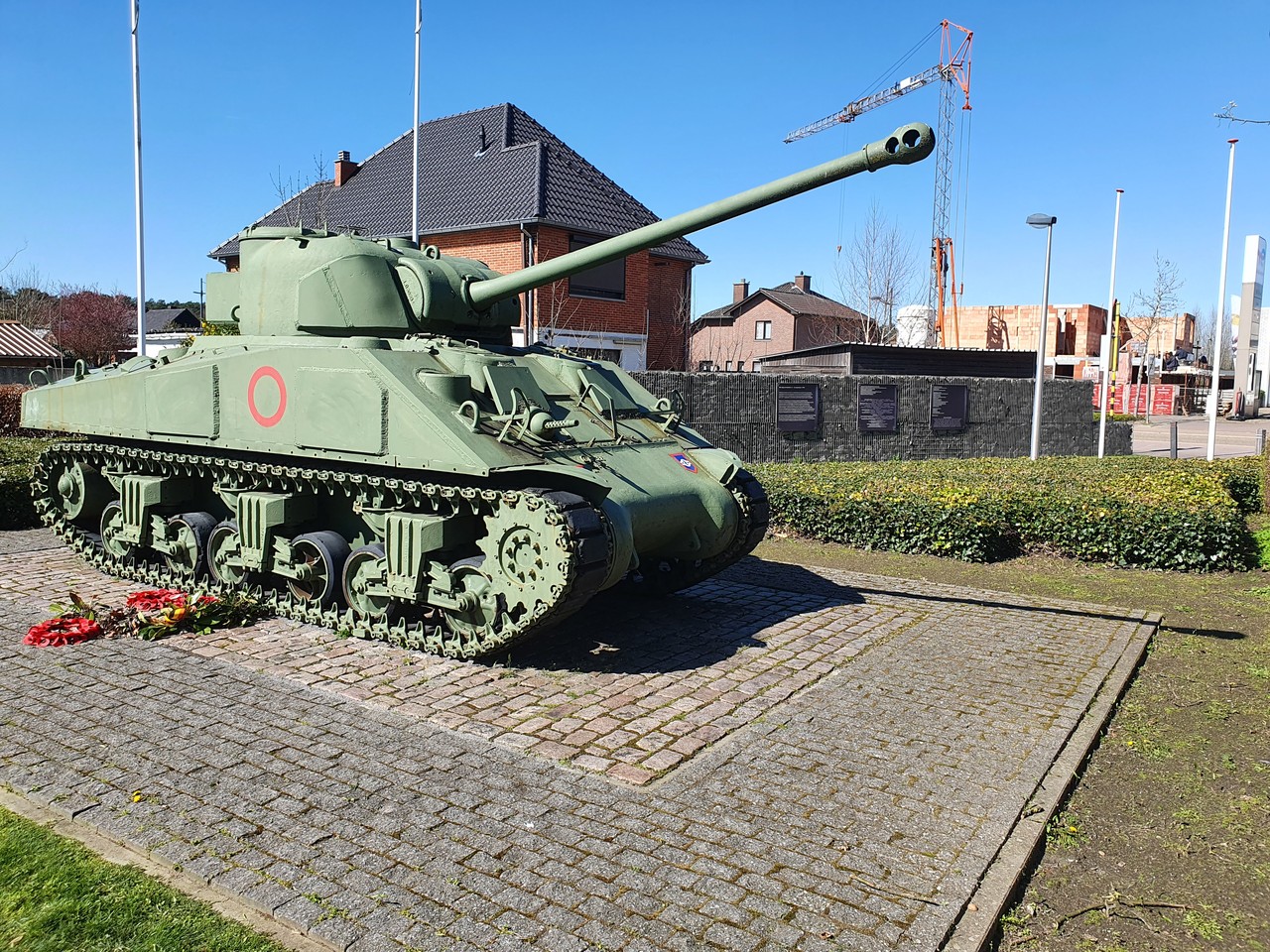After an arduous breakout from the Beringen bridgehead towards Leopoldsburg, it was decided that the Welsh and Irish Guards would advance eastwards via Heusden-Zolder to Helchteren. There, they would turn north and push on towards Hechtel. This happened after a short but fierce battle at Helchteren with troops of Fallschirmjägerregiment 24, led by Major Friedrich Hübner. On 8 September, Scots Guards and Welsh Guards attacked Hechtel from Leopoldsburg, but they too came under murderous fire.
As Hechtel still remained firmly in German hands, the British troops decided to allow the Irish Guards to make an encirclement move. This trapped the German troops in Hechtel and made it impossible for them to withdraw towards the Netherlands via Lommel and Neerpelt. Here the British had designated bridge number 9, later called Joe's Bridge and a springboard for Operation Market Garden, as their main objective.
Surrounding Hechtel, and in the hamlet of Locht just north of it, the German Fallschirmjäger fought a battle. On the Karrestraterheide between Lommel and Neerpelt, soldiers of Panzer Ersatz und Ausbildungs Regiment Hermann Göring, supported by the 88mm guns of Schwere Flak-Abteilung 602 and 2 Sturmgeschutz III of Panzerjäger Abteilung 559, tried to resist the British attacks. However, this did not succeed. The remaining German troops at Hechtel surrendered on 12 September. Over 90 British soldiers died, along with about 300 German soldiers. Also amogn those killed were 36 inhabitants of Hechtel. The village was totally destroyed and nicknamed 'Little Caen' by the Welsh Guards, a reference to the Normandy town destroyed in July 1944.
